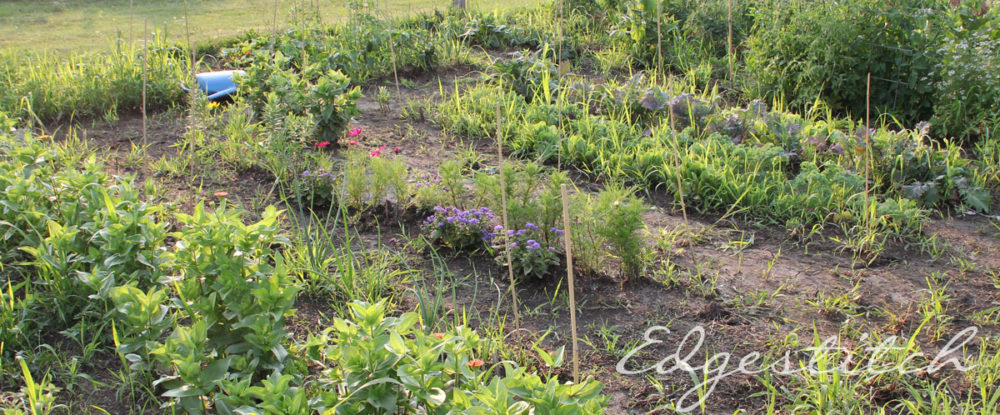
I want to introduce you to a book by John Doerr, in collaboration with Ryan Panchadsaram. “Speed and Scale: An Action Plan for Solving our Climate Crisis Now” by John Doerr. I was skeptical at first. Yes, yes, we’ve heard these things.
However, Doerr is a Kleiner Perkins guy…familiar with funding, presentations, evaluations and strategies. He also knows about tactics–the work it takes to make things happen.
Years ago, when I was in the business world, I worked with plenty of people like Doerr. He speaks a language I understand. Charts, bullet points, clarity and simplicity. The task of climate resilience distilled down to 6 major tasks.
I could understand.
I read the entire book. While I was not terribly eager to read through the points of view of all the entrepreneurs, some of them have valuable insights. I can take a pass on John Kerry and Bill Gates…folks I’ve heard from before. But some of the others are worth a listen.
We don’t have the time to shuffle around in the muck.
This book finally, refreshingly, takes all the data and info and organizes it into a plan. A plan that is easy to follow, if not easy to implement.
Many will argue over aspects of it, especially those whose interest lie in maintaining the status quo. We don’t have time for those people. Get out of the way. We will accommodate those who will be affected, but if you cling to your old way of life, you will be left behind.
His main point is that there is so much investment and money to be made in cleantech. While we clearly don’t know who the winners and losers will be, we certainly know that there will be winners and losers.
The longer the U.S. clings to old ways and doesn’t adapt, the better the chance that China and others will run off with the resources we need to lead.
We have no choice but to get out in front.
The book is easy to process. Find your area of expertise or the place where you can contribute, if only in a tiny way.
And do it.
We need all hands on deck.
